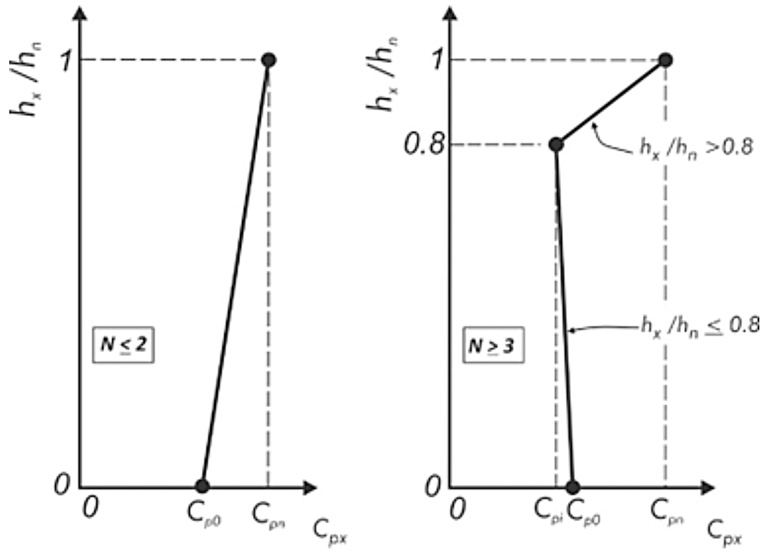What you always wanted to ask.
This quarterly article addresses some of the questions received about structural standards developed by the Structural Engineering Institute (SEI) of the American Society of Civil Engineers (ASCE). In addition, questions from engineers, building officials, and other design professionals are often considered in the development of future editions of the Standards. Following are some questions received along with SEI’s responses to clarify the provisions.

Important Errata
What is the correct lower bound equation for the seismic acceleration coefficient Cpi?
In ASCE/SEI 7-16 and ASCE/SEI 7-22, Chapter 12 Seismic Design Requirements for Building Structures Section 12.10, the value for design accelerations coefficients Cpi is calculated using the greater value from Equations (12.10-8 and 12.10-9). The Commentary states the reasons for providing a lower bound equal to Cpo and NOT 0.8Cp0 as indicated in the Equation (12.10-8). Is the coefficient 0.8 to be applied in determining the lower bound of coefficient Cpi?

Design acceleration coefficients Cpo, Cpi, and Cpn values are used to calculate seismic design forces for diaphragms, chords, and collections. Equations (12.10-8) and (12.10-9) are used to determine the greater value between these two equations for the value of Cpn used in (Equation 12.10-7). Currently, there is a discrepancy between the Equation and the Commentary. Per the Commentary, the lower bound value of Cpi is Cpo. Reviewing balloting for this value confirms the lower bound value of Cpi = Cpo. This lower bound value agrees with the Federal Emergency Management Agency’s FEMA P-1051, Chapter 6: Horizontal Diaphragm Analysis (2015 National Earthquake Hazard Reduction Program’s, NEHRP, Recommended Seismic Provisions: Design Examples), which provided recommendations to ASCE/SEI 7-16. Figure 12.10-2 in ASCE/SEI 7-16 and ASCE/SEI 7-22 are correct. The upper bound value for Cpo remains unchanged, as indicated in Equation (12.10-9).
This correction will be issued as an errata for ASCE/SEI 7-16 and ASCE 7-22 editions.

This article’s information is provided for general informational purposes only and is not intended in any fashion to be a substitute for professional consultation. Information provided does not constitute a formal interpretation of the standard. Under no circumstances does ASCE/SEI, its affiliates, officers, directors, employees, or volunteers warrant the completeness, accuracy, or relevancy of any information or advice provided herein or its usefulness for any particular purpose. ASCE/SEI, its affiliates, officers, directors, employees, and volunteers expressly disclaim any and all responsibility for any liability, loss, or damage that you may cause or incur in reliance on any information or advice provided herein.
If you have a question you want to be considered in a future issue, send it to sei@asce.org with FAQ in the subject line. Visit asce.org/sei to learn more about ASCE/SEI Standards.■
